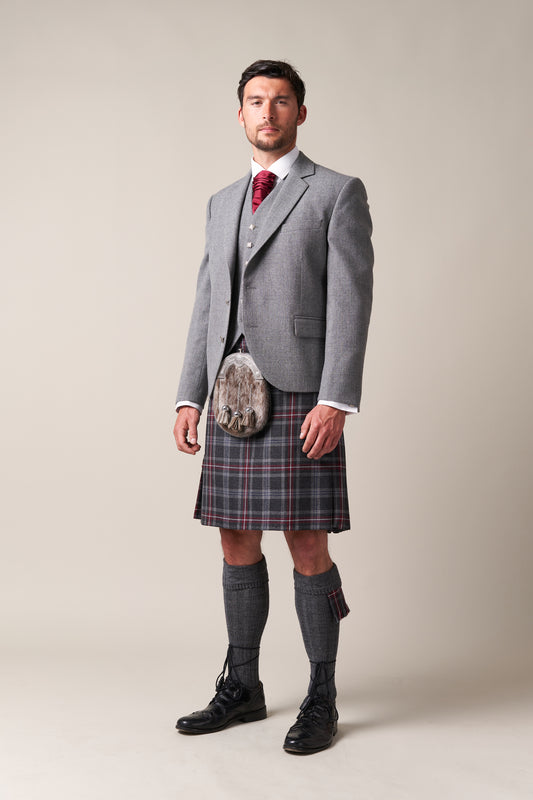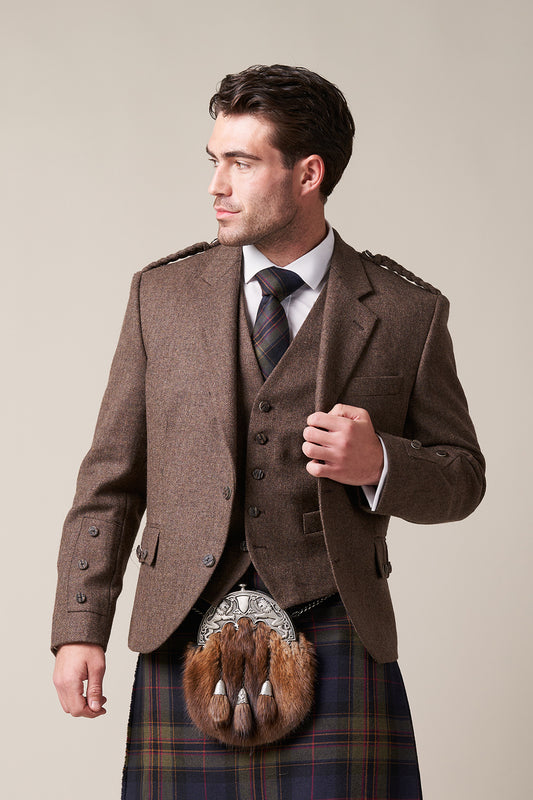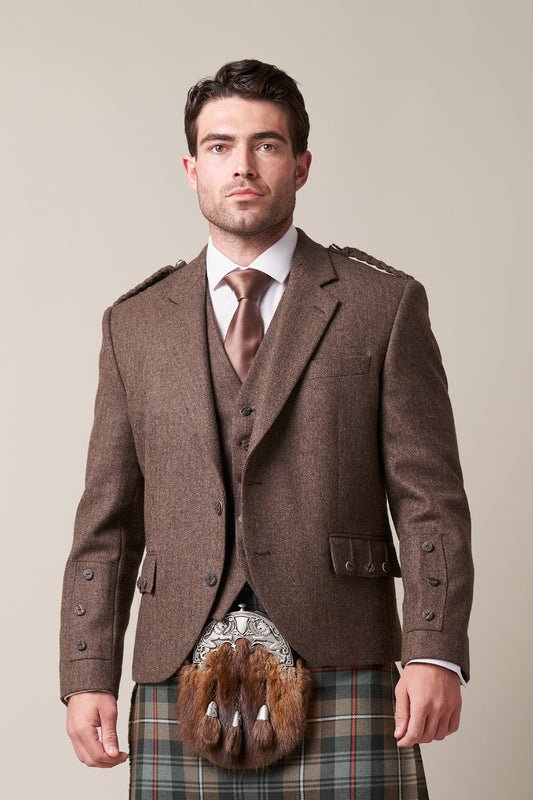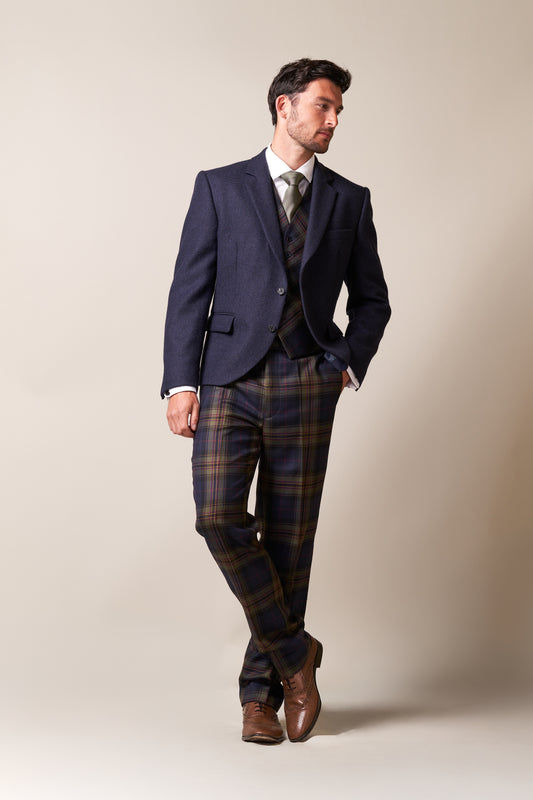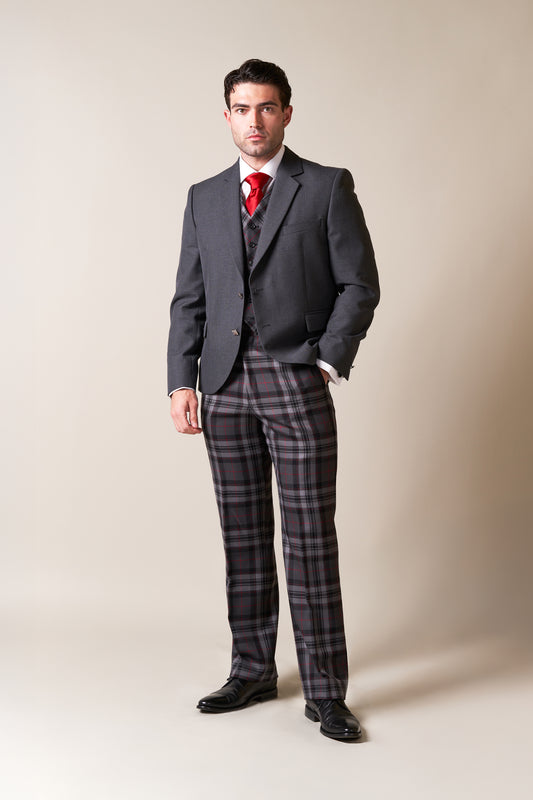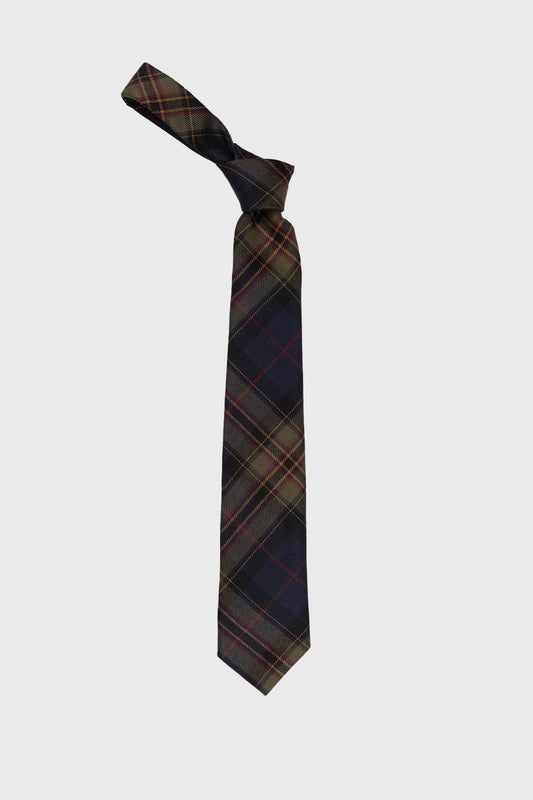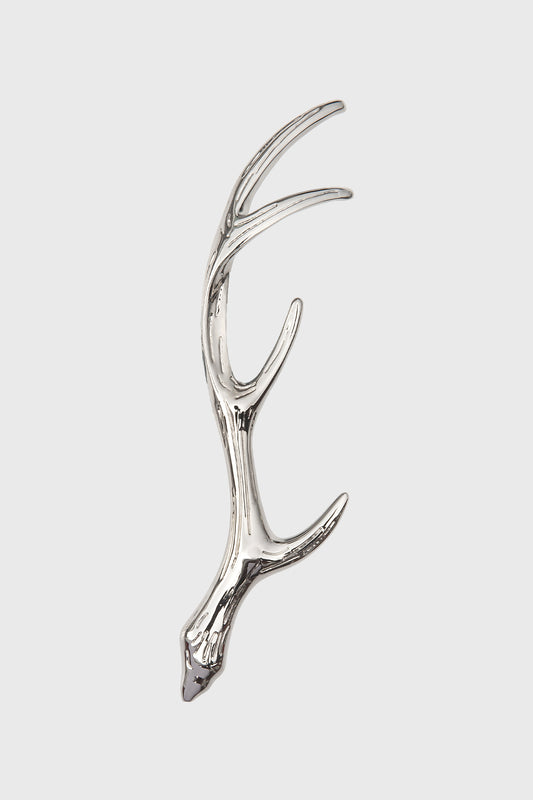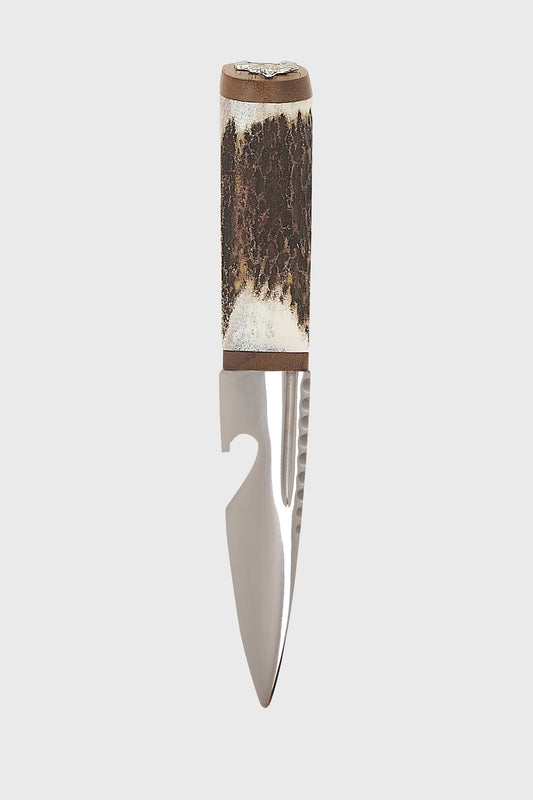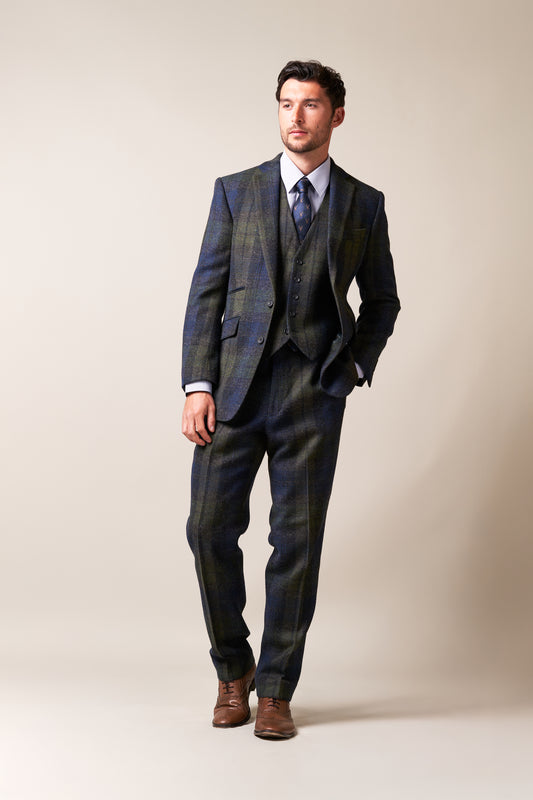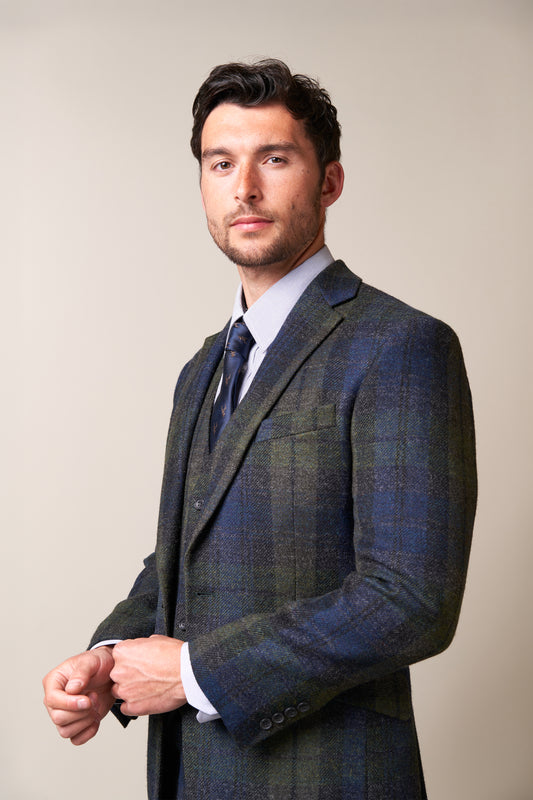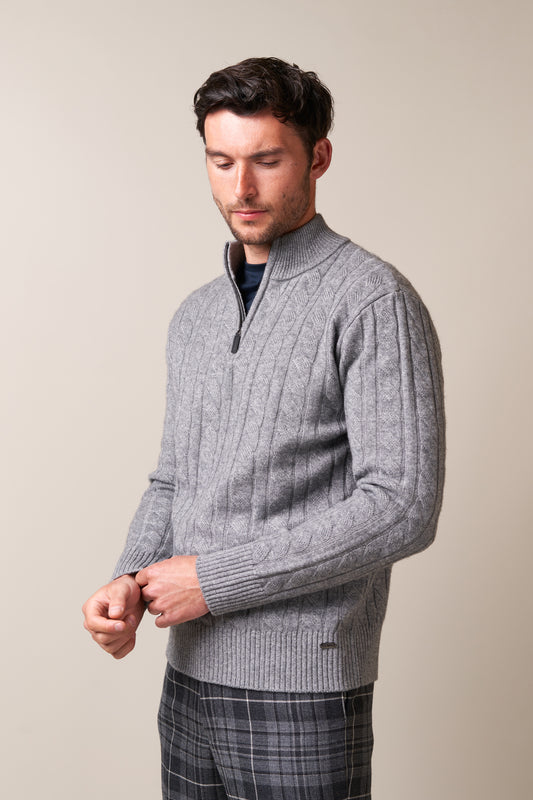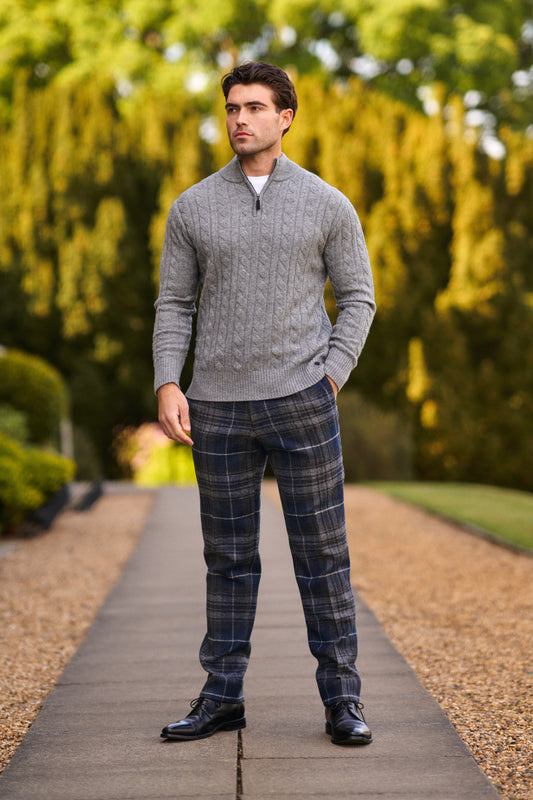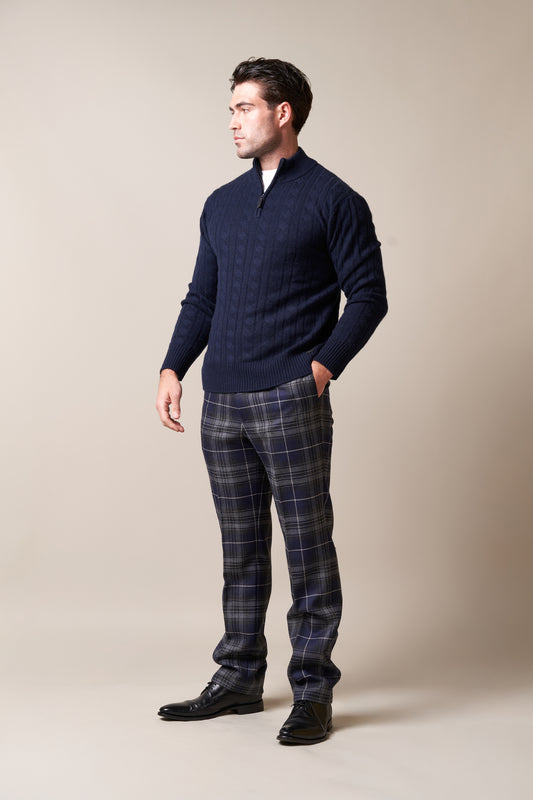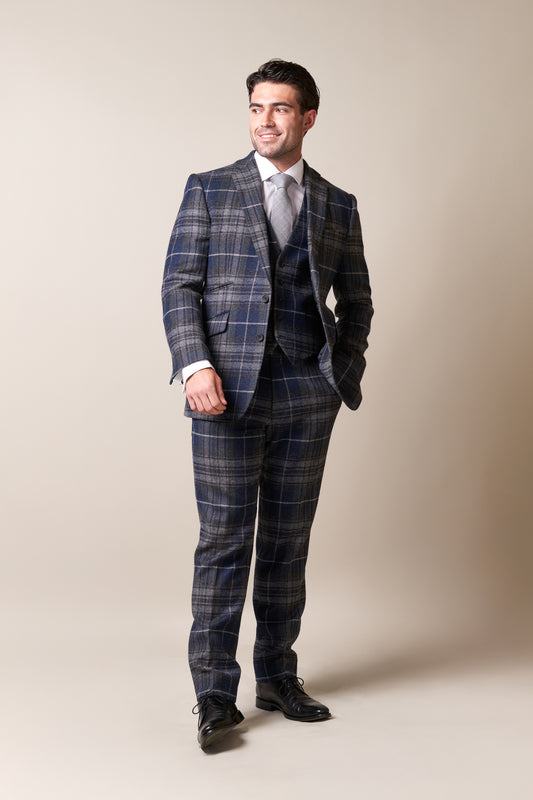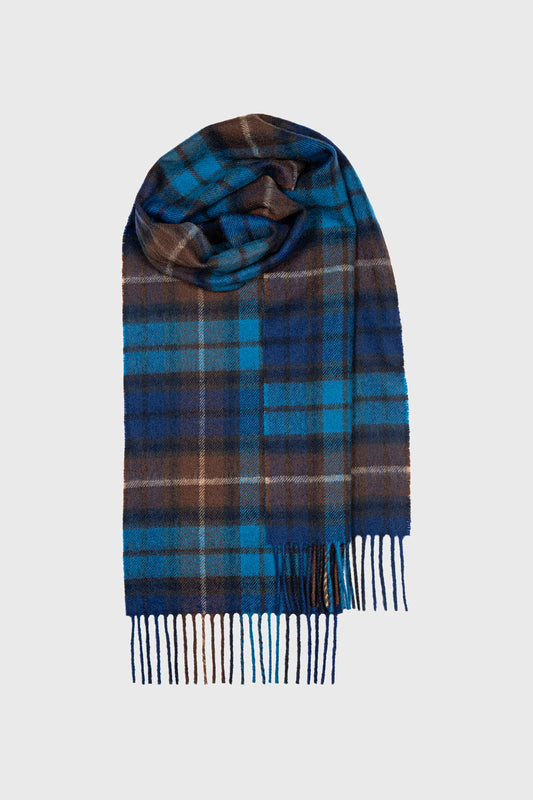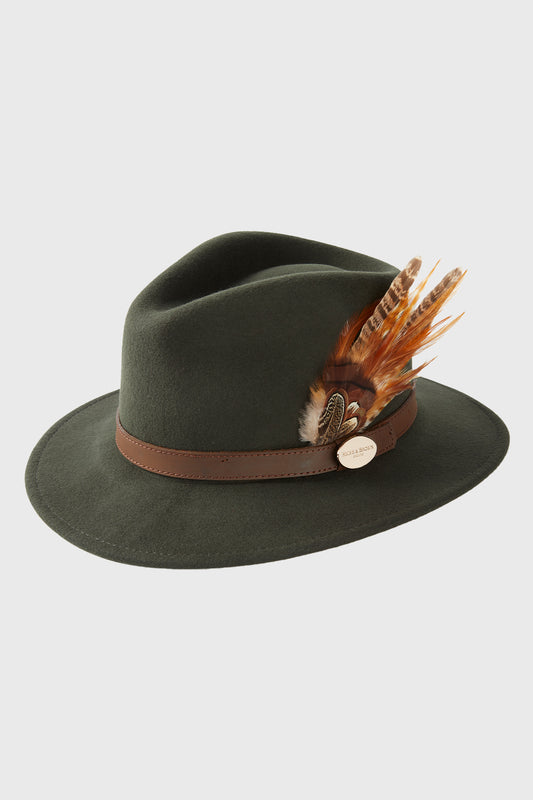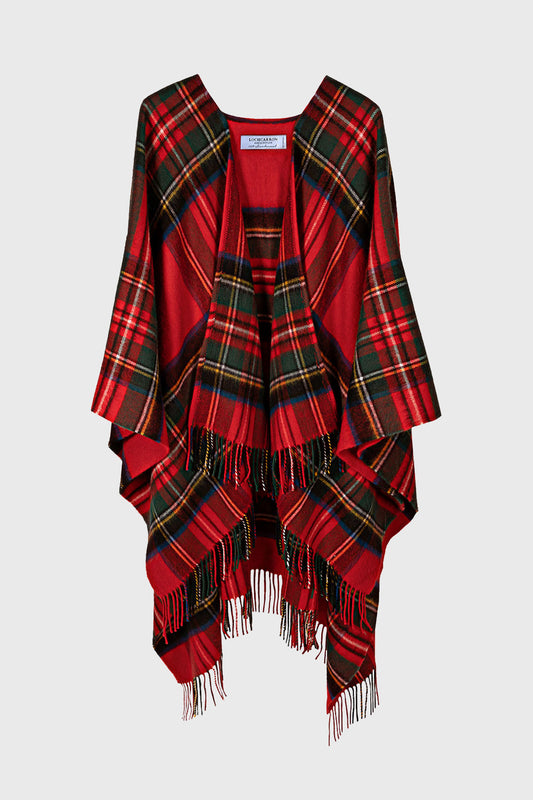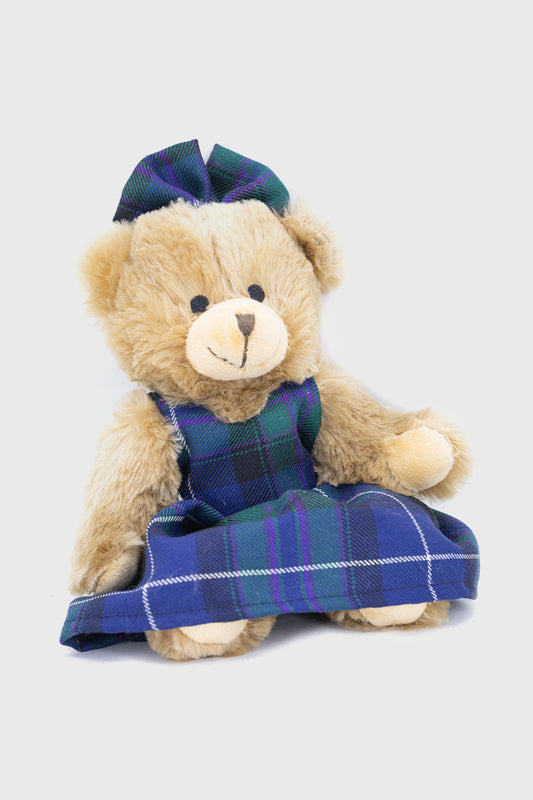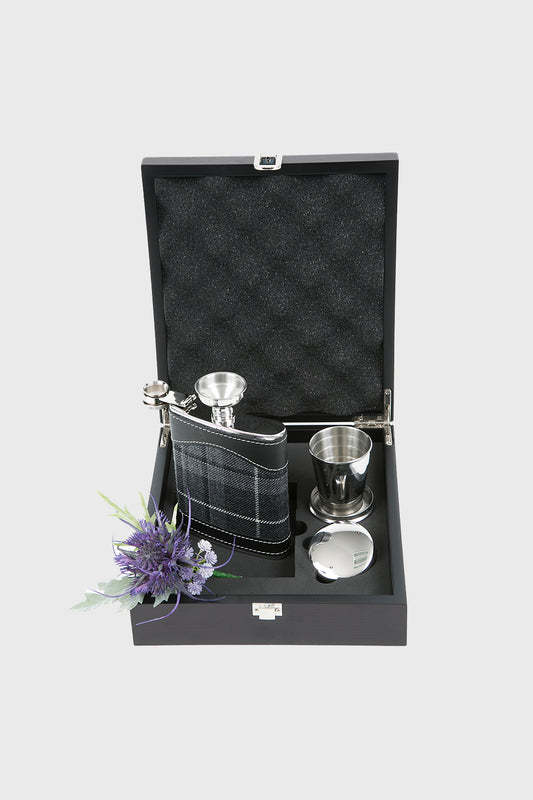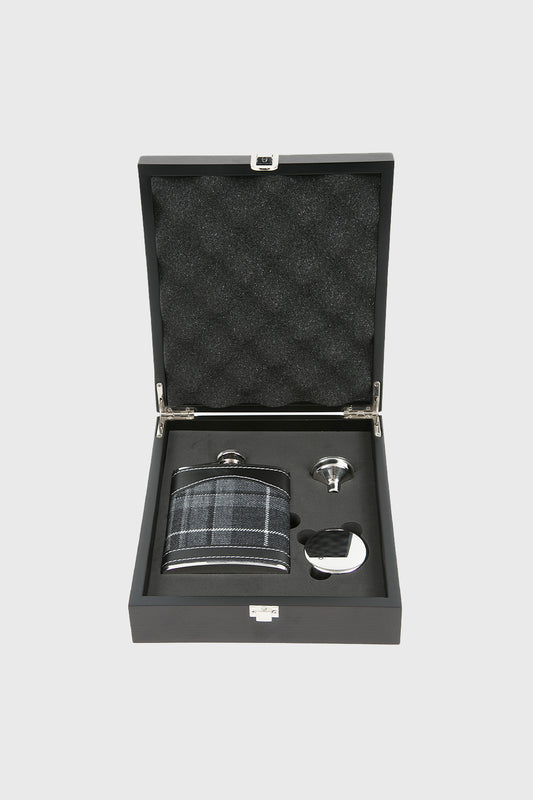Tartan on the Brain
We’re no strangers to tartan at McCalls Highlandwear; our stores are filled, top to tail, with colourful Setts and woollen wonders. But even with our extensive collection, we don’t even begin to scratch the surface of the reportedly 4,000+ tartans that are said to exist!
It can get quite confusing with all these different colours, names, and types. There are Clan Tartans (like Stewart and Irving), Clan Area Tartans (such as MacDonald of the Isles), Place Tartans (like the official Aberdeen or Glasgow Tartans), University Tartans (including the Edinburgh University tartan), and tartans that have no connections but have rather fun names (Rolling Thunder and Leaping Salmon are popular choices).
And on top of that, you have multiple variations of the same type! And what exactly are the differences between all of them? Will you notice a difference between Patriot Weathered and Patriot Modern?
Well, scroll down further for the next instalment in our blog series and discover what each variation of tartan means.

What are the Variations?
We’ll cover the five most popular and asked-about tartan types: ancient, Modern, Hunting, Weathered, and Dress. These different variations are also known as ‘Colour Ways’.
Ancient Tartans
As you’ll come to learn, names like ‘Ancient’ have nothing to do with the actual age of the tartan. In fact, you can buy an Ancient MacKay kilt that has just been woven in the previous weeks!
So what actually makes a tartan have an Ancient colourway?
As we know it, tartan became popular in the 16th century when highlanders wore it to separate themselves from different clans. The dying abilities in this time period were not nearly as broad and capable as today's, so fabrics were coloured using whatever was available. Scots of the time used natural items like plants and animals to colour their tartans. The diverse range of foliage, in turn, ensured that separate Colourways were formed, although they initially had only a few viable combinations.
The invention of chemical dyes replaced this traditional style. Ancient styles are also brighter than their darker Modern Tartan counterparts. Still, the essence of the colours has now been replicated with modern dyes to try and create tartan similar to that of the great Highlanders.
See some of the best examples of ancient tartans above & below.


Modern Tartans
These tartans are named for the modern colours they exhibit.
Modern Tartans emerged with the invention of chemical dyes in the 1800s. This meant that dyes became much more saturated and bolder. These new dyes reinvoked national interest in the kilt and Scots identity, as Queen Victoria herself took a shine to them.
Queen Victoria held a deep affection for Scotland as a whole, but her heart especially belonged to the Highlands. There, she quickly fell in love with the rolling landscapes and regality of the region.
Victoria was the monarch who first set her sights on Balmoral Castle and, alongside Albert, often retreated to the Deeside estate for a quick escape. They embraced their love for what they considered traditionally Scottish, often dressing their children in kilts, serving porridge, and living in a newly tartan-decorated Balmoral Castle.
This allowed the strong and vibrant hues of the now-named ‘Modern’ tartans to shine and foster a love for tartan today, mirroring the Victorians' appreciation for colour. From there, many more clan tartans in an array of colours were introduced. Modern Tartans, today, are rich and saturated, serving as a delightfully dark counterpart to the more muted ancient tartans.
See some examples Modern tartan colourways above & below.


Hunting Tartans
Hunting Tartans are, much like the name suggests, named for hunting.
These tartans feature colourways rich in earthy tones, making it easier for clansmen to blend into the sprawling Scottish foliage when hunting for food.
Often rooted in strong natural hues like deep greens, browns, and navy, these shades serve as perfect tributes to Scotland and provide an excellent way to express your pride. Below are some of the best examples of hunting tartans in our catalogue.


Weathered Tartans
Weathered by age is an excellent indicator of the colour scheme within this particular tartan colourway!
Weathered tartans bring back the muted quality of an Ancient tartan and amplify it. There are many different and great iterations of why weathered kilts and tartans are relevant to the Highlander state of mind. Some people say that the faded tones are meant to be as if some long-ago kilt from centuries past has been found in the ground and has been discovered with the colours bleached by the age of time.
These hues reflect what might have occurred to the Highlanders' kilts in the notorious Scottish climate, given their long hours spent outdoors hunting and riding. The colours faded in the sun and were soaked by the rain, embodying the name' Weathered. '
Weathered tartans feature the same core colourways as their Modern and Ancient equivalents but are faded, making them a great canvas for accessorising any special event.


Dress Tartan
The dress variations of your favourite tartans were, as the name suggests, often used in place of ‘dressier’ occasions. This would be for formal events like awards ceremonies or competitions requiring a formal level of dress like in Highland Dancing.
Dress tartans feature much more white than your average tartan. This colour palette brings light to a tartan, transforming it into a new look perfect for standing out on stage.
While Dress tartans bring up the least variations, some examples can be found above & below.




